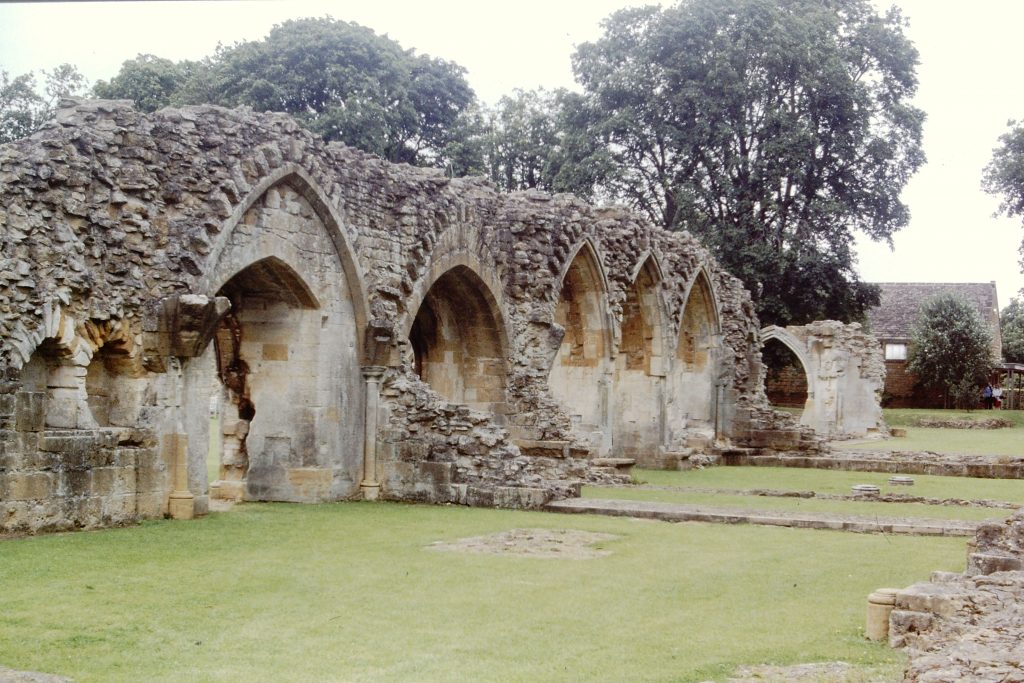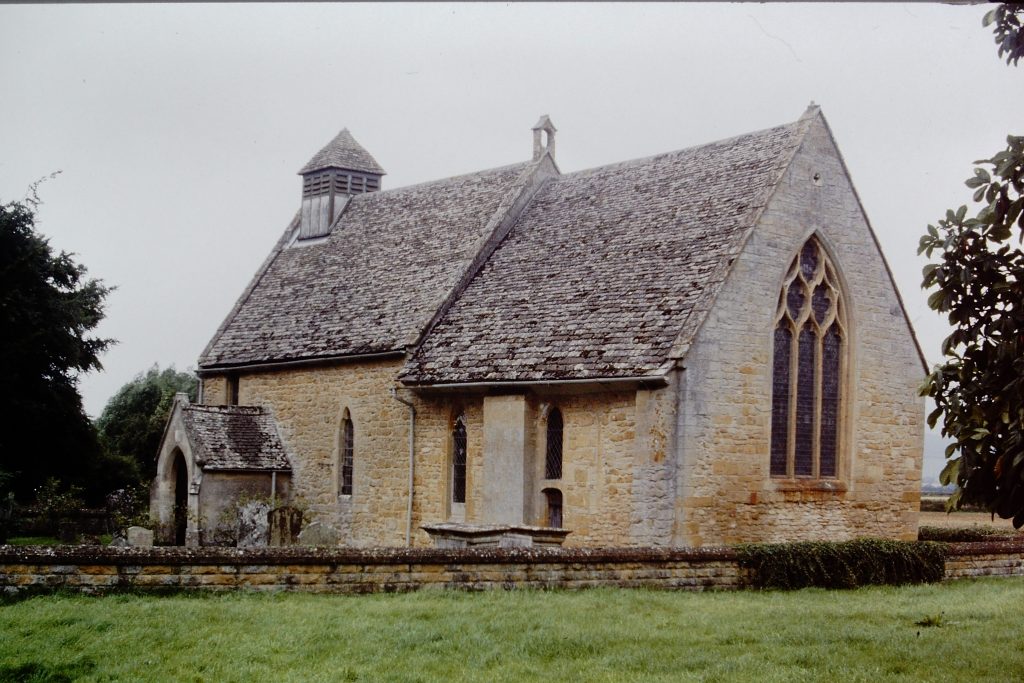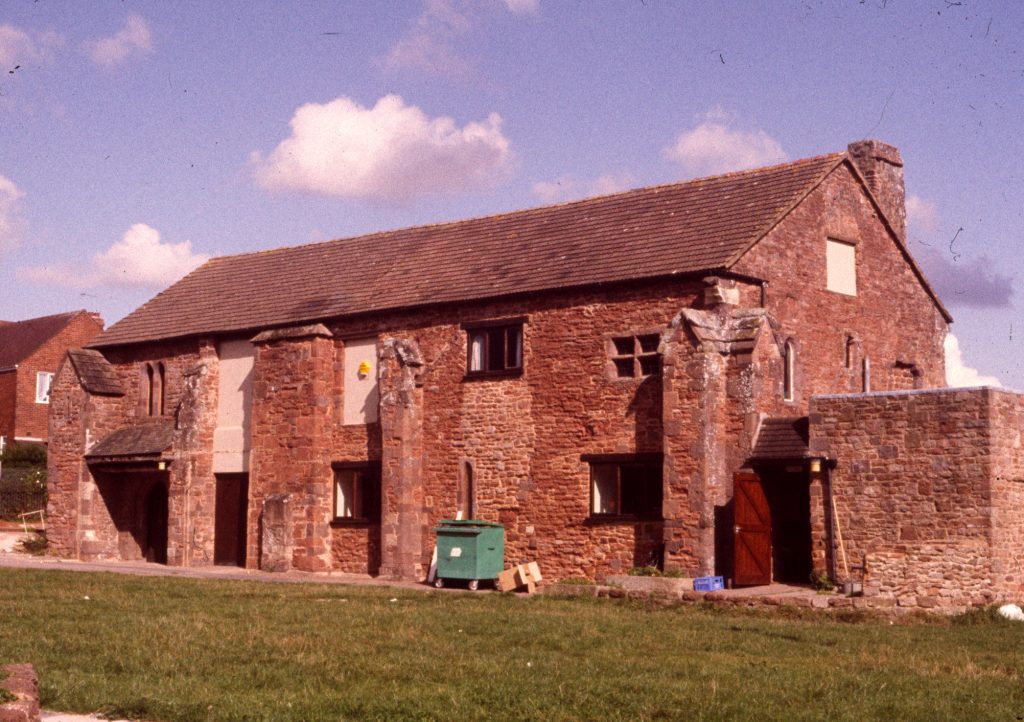In this blog, I am continuing to discuss important roles of the medieval church as found in my West Country Medieval Mystery Series featuring my heroine, the Lady Apollonia of Aust. I have already talked about cathedral churches and important abbeys. Last month I discussed other abbeys and priories in my first story, Effigy of the Cloven Hoof.
This month I want to shift to other monasteries in my second book, Plague of a Green Man. Most of the monasteries of England were destroyed after King Henry VIII’ s Dissolution of them in the 16th century. The pictures in this posting give an idea of a few buildings and ruins that have survived. Hailes Abbey in Gloucestershire, Saint Katherine’s Priory, and Saint Nicholas Priory in Exeter play a role in my story, but in each case, it involves a subplot, not the main mystery.
I begin with Hailes Abbey, a Cistercian abbey founded in 1246, which was famous for its relic, a phial of the Holy Blood of Jesus. Hailes Abbey buildings are now just ruins, as shown in the picture above. The only surviving building is the small church for the parish of Hailes. Its exterior is pictured next. Some of the medieval art that decorates its walls is shown below on the left.
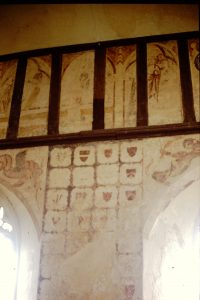 Three of the characters in Plague of a Green Man are based on those created by Chaucer in his Canterbury Tales: The Wife of Bath, the Pardoner, and the Prioress. Brandon Landow is my version of Chaucer’s Pardoner. At one point, Landow goes to Hailes Abbey to study carefully the relic of the Holy Blood, so that he can construct a fake version of it to sell for his own personal gain. Landow, who displays many of the undesirable characteristics of Chaucer’s Pardoner, has proved to be a favorite of my readers.
Three of the characters in Plague of a Green Man are based on those created by Chaucer in his Canterbury Tales: The Wife of Bath, the Pardoner, and the Prioress. Brandon Landow is my version of Chaucer’s Pardoner. At one point, Landow goes to Hailes Abbey to study carefully the relic of the Holy Blood, so that he can construct a fake version of it to sell for his own personal gain. Landow, who displays many of the undesirable characteristics of Chaucer’s Pardoner, has proved to be a favorite of my readers.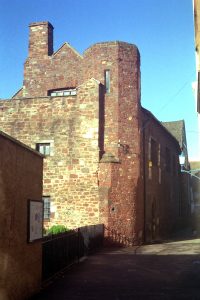
Saint Nicholas Priory in Exeter was founded in 1087 by monks from Battle Abbey as a Benedictine monastery and is located just west of the medieval city center. At the Dissolution, the church and chapter house range were destroyed, but parts of the north and west ranges survive with the west range now serving as a museum, pictured on the right. Hospitality was an important function of many monasteries including Saint Nicholas Priory, and it was there that Brandon Landow stayed in my story when his journeys as a pardoner took him to Exeter.
Saint Katherine’s Priory is the setting for the seventh chapter of Plague of a Green Man. It is also known as Polsloe Priory because in medieval times it was in the suburb of Polsloe, to the east of Exeter. The modern city includes Polsloe and extends well beyond it. A picture of the one building to survive the Dissolution is shown below.
This priory was founded in 1159 as a Benedictine nunnery, at the time the only nunnery in Devon. The building shown below fell into private hands and was passed to the City of Exeter in the last century. I have based Clementine, the prioress of Saint Katherine’s Priory, on Chaucer’s prioress, so I hope when you read Chapter Seven you will imagine the interesting visit of Lady Apollonia with my version of the prioress.
See you next month.
